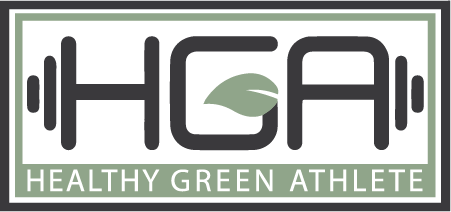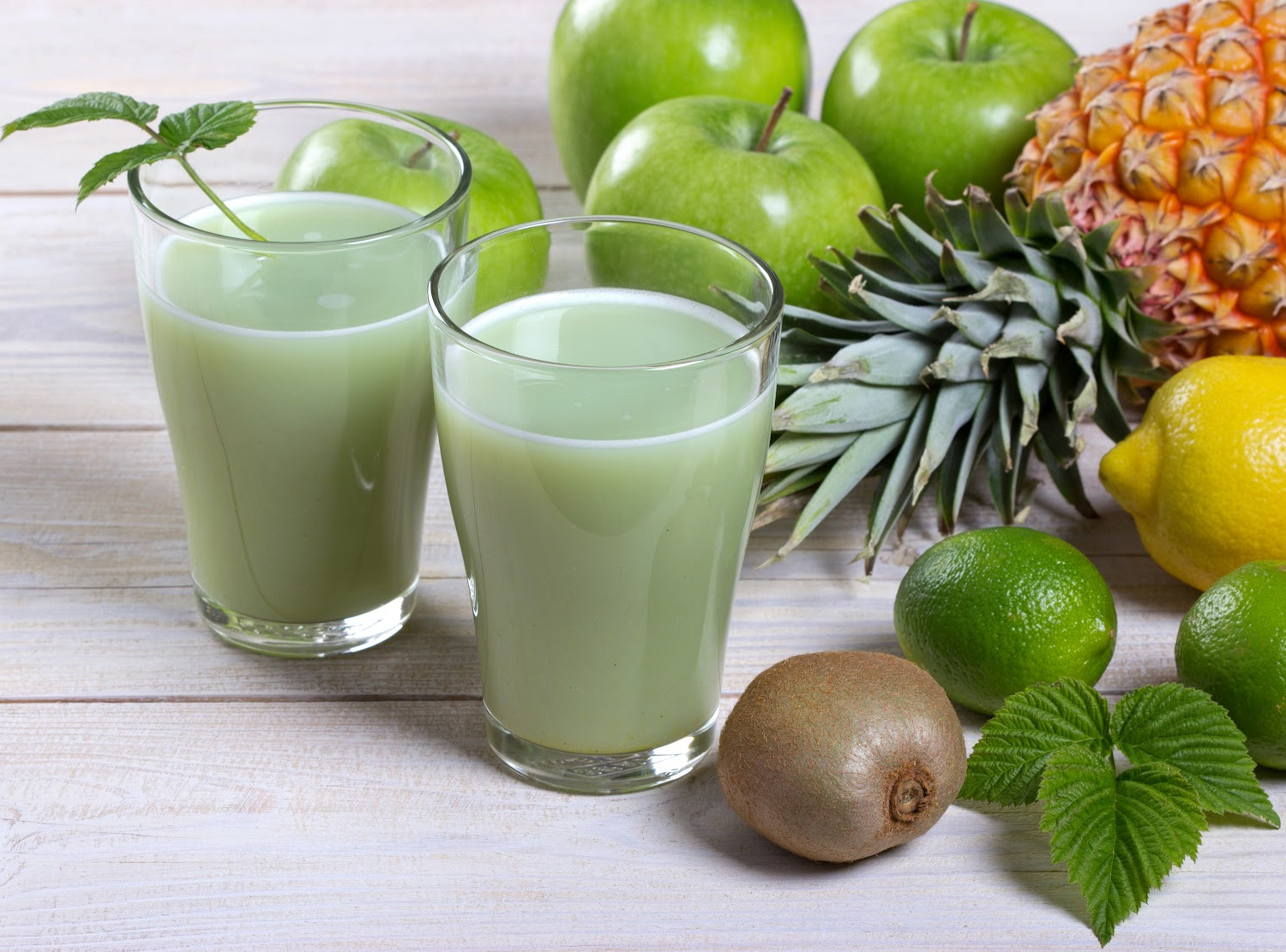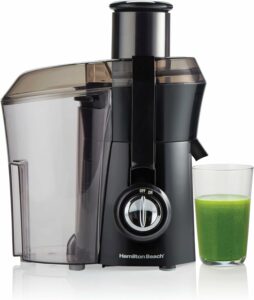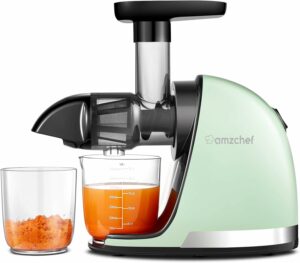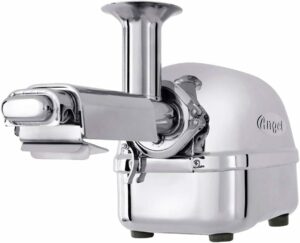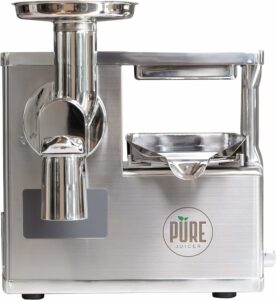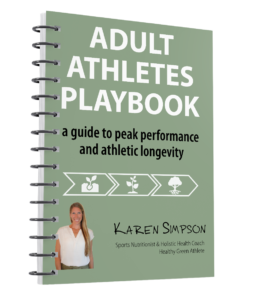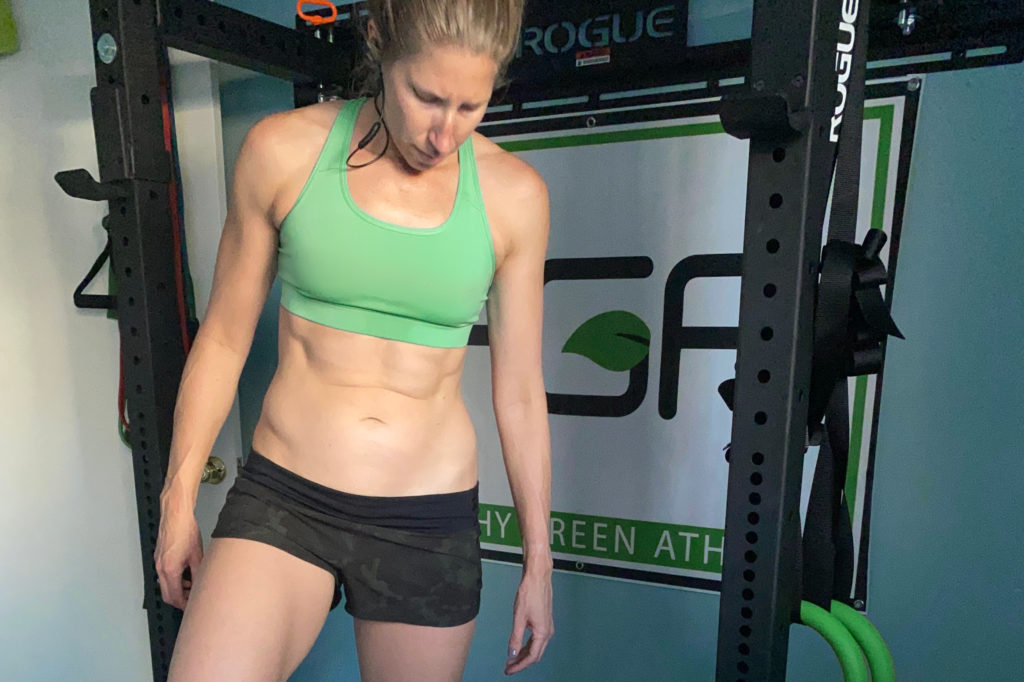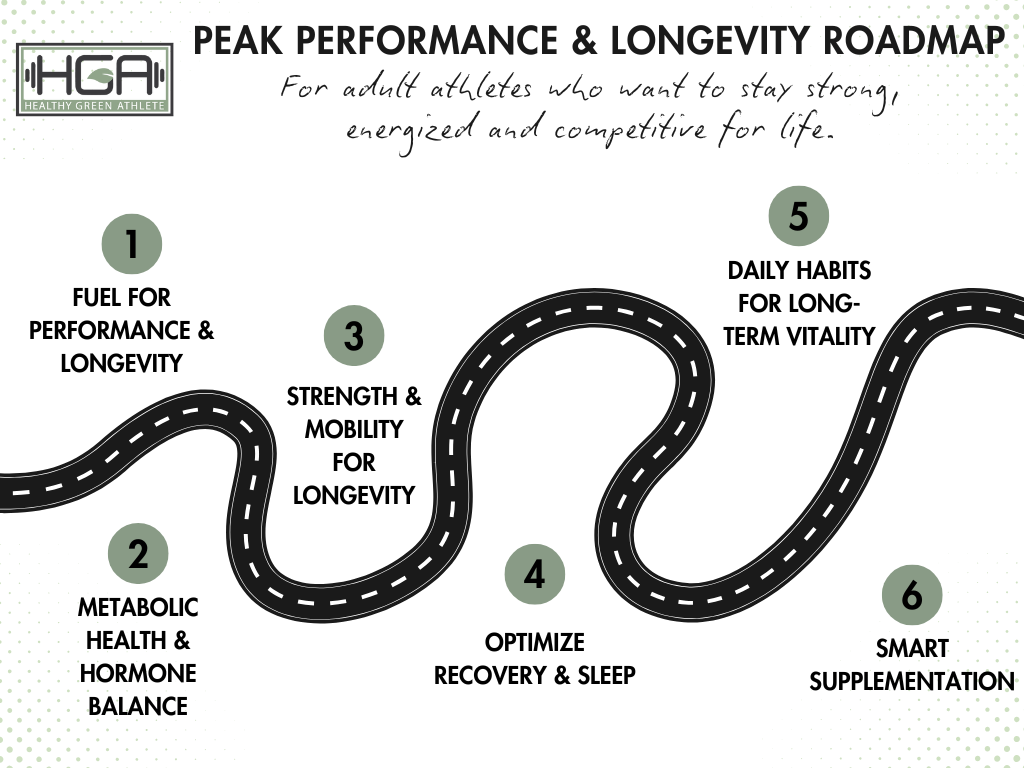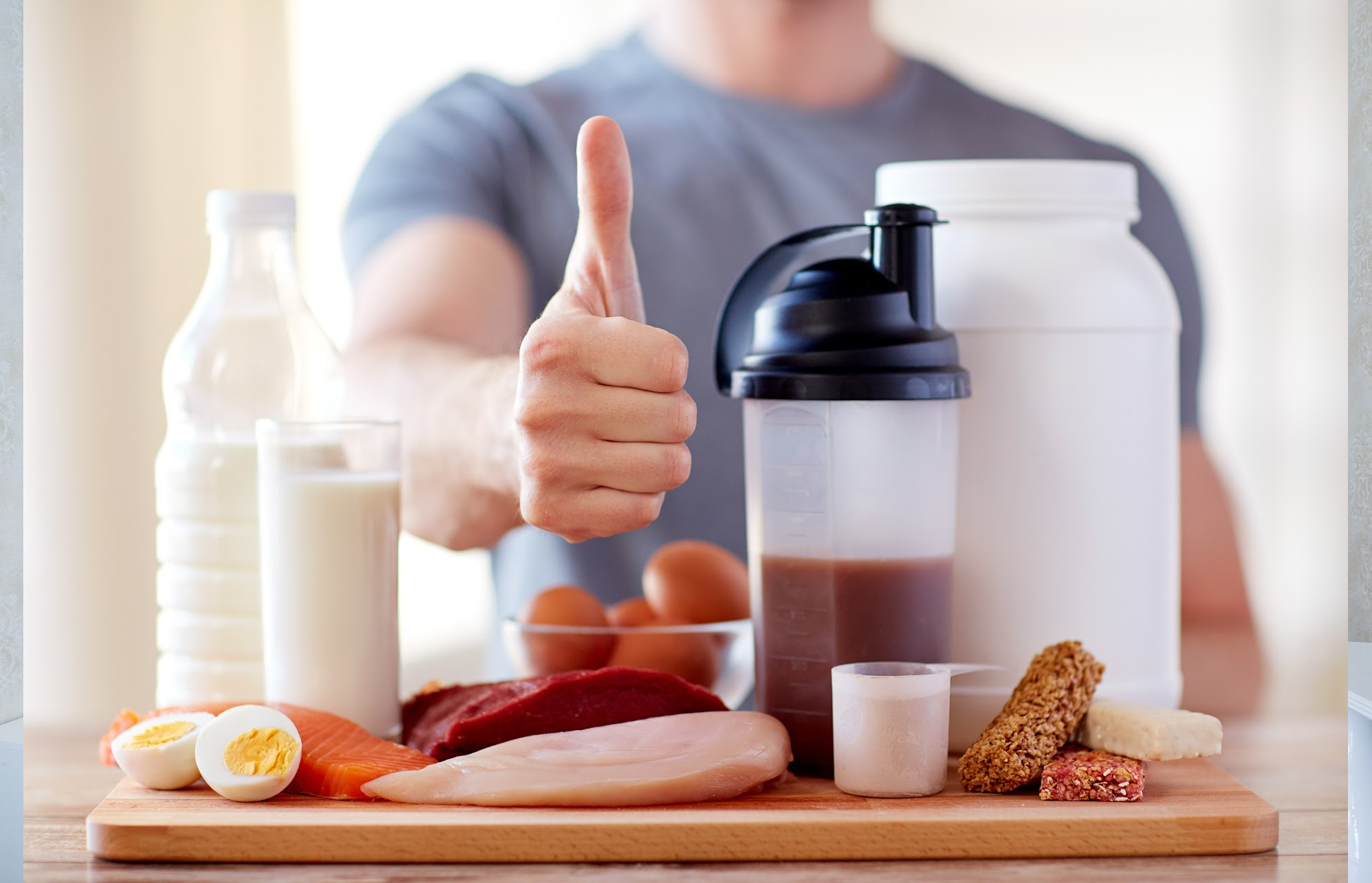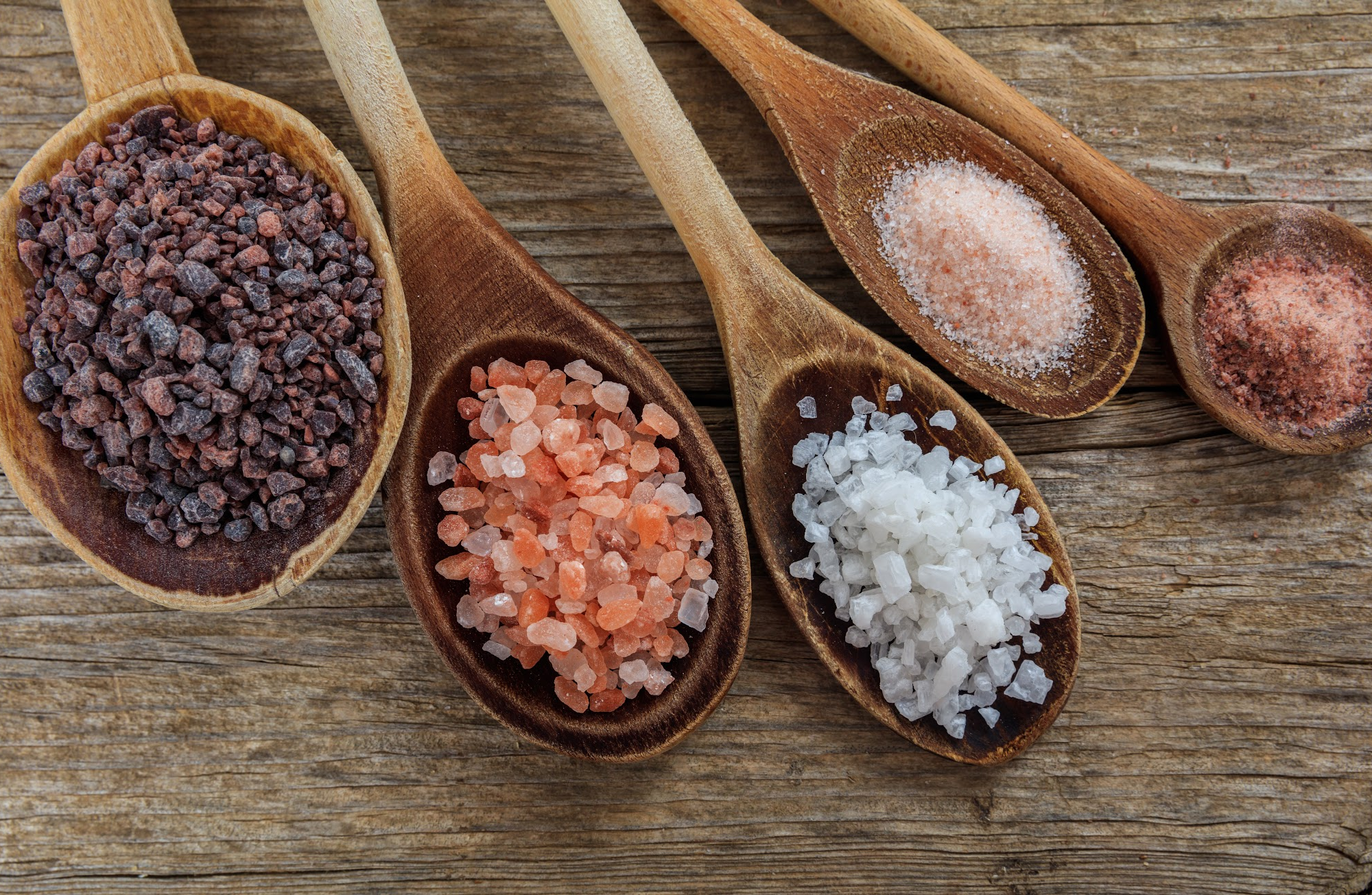(Read time: 6 min 30 sec)
Juicing removes the hard parts of fruits and vegetables so that all that remains is the juice. You’re left with a liquid which is highly concentrated in vitamins, minerals and phytonutrients. Juicing for detox has gained popularity among beginners seeking to cleanse their bodies and jumpstart a healthier lifestyle. By incorporating fresh fruits and vegetables into liquid form, juicing aims to flush out toxins and provide essential nutrients. One of the primary advantages is the convenience of consuming a concentrated dose of vitamins and minerals in an easily digestible form, which can boost energy levels and improve overall well-being.
Juicing can be a simple way to increase fruit and vegetable intake for those who struggle to eat enough whole produce. However, there are drawbacks to consider which I will address in this blog post. I’ll also give some recommendations on choosing a juicer that works best for your goals, available counter space and budget. Beginners should consult with a healthcare professional or nutritionist before embarking on a juicing detox to ensure it aligns with their individual health goals and needs.
Pros of juicing
We often hear about juicing being a habit of very healthy lifestyles. This is because consuming juice from fruits and vegetables helps the body eliminate toxins that have built up in cells and tissues. These toxins primarily come from your environment and enter your body through skin contact, inhalation, or ingestion.
Juice is packed with micronutrients such as vitamins, minerals and phytonutrients. These phytonutrients provide a nutritional boost, and often have anti-oxidant and anti-inflammatory properties. This highly concentrated cocktail of nutrients can provide many health benefits. Some benefits include better eye health, improvements in skin and complexion, and a boost to the immune system.
Nutrients in liquid form are also easier to digest than from the whole food form. That makes them a great option for those that have difficulty digesting fruits and vegetables.
Cons of juicing
There are many benefits to juicing, but there can be some cons as well. Juices may be high in micronutrients, but they have very little to no fiber, protein or fats. In juices made with vegetables, they have very few carbohydrates, too. This means that they provide almost energy to your cells and can leave you feeling hungry. Without protein or fat, juices don’t allow the body to release satiety hormones in the body and therefore you will never feel like your hunger has been satisfied by drinking juice alone. This is why I wouldn’t recommend using juices as a meal replacement but rather a supplement to a balanced diet with whole foods.
Juices that are made with fruits do contain carbohydrates which may offer a short burst of energy, but these can be very high in fructose. A high fructose content can disrupt hormones and cause blood sugar spikes and crashes. And most people don’t get enough fiber to support health digestion in the first place.
When you juice, you’re removing the hard parts of the plant. This makes it a very wasteful process unless you can find a use for the pulp. Some people use the pulp to make dehydrated snacks or crackers, or add it to other recipes such as veggie burgers, soups and sauces. You can also add it to your compost pile and let nature break it down into nutrients for your garden.
Important things to consider when juicing for detox
1.) Consider juicing with organic produce.
One thing that you’ll want to consider is the quality of the fruits and vegetables that you are using. Organic produce is best in order to minimize your exposure to toxins such as pesticides and chemicals. If you’re not willing to spend your entire paycheck on organic produce, you can opt to only purchase some organic produce.
I’d recommend choosing to go organic with the “dirtiest” ones and going conventionally-grown produce for everything else. Each year the Environmental Working Group publishes a list of the types of conventionally-raised produce that have the highest amount of chemicals in them. You can find that list here. Also, if you do purchase a conventionally grown fruit or vegetable has a skin on it, you should remove the skin before juicing.
2.) Monitor your sugar intake.
A good rule of thumb when it comes to using fruits in your juices is that if you wouldn’t eat that amount of whole fruit in one sitting, then you shouldn’t drink the juice from that many either. For example, if a juicing recipe calls for 5 apples you’re essentially consuming the same amount of sugar in the juice that you would be from eating 5 whole apples at one time. Instead of using multiple fruits in your juices, stick to 1 or 2 servings of fruit per serving of juice. To keep the sugar content of your juices low, be sure to add plenty of vegetables to offset it.
3.) Listen to your body.
Pay attention to how your body responds when you start to drink more juice. If you experience any discomfort at all, consider stopping altogether. Some adverse reactions to consuming juice may include:
- blood sugar spikes and crashes
- digestive issues such as bloating, gas, or diarrhea
- nutrient deficiencies
- increased toxin exposure (especially if your produce isn't organic)
- dehydration
Make sure you drink plenty of water along with your juices in order to encourage the elimination of toxins from your body. This should help alleviate some of the discomfort but if it doesn’t, take a break from juicing for a while.
4.) Choosing the duration of a juicing detox.
If you’re new to juicing for detox, I wouldn’t recommend jumping right into a 10-day juice fast. If you cleanse too much too fast, you can actually cause more harm than good. This is because your body will release too many toxins at once and can cause you to get sick. Instead, I’d recommend adding 1 or 2 servings of juice into your normal food routine for a few days and see how you feel.
If you want to bump up the detox power, changing other aspects of your diet. This would include reducing exposure to environmental toxins, drinking more water and eating a lot more fruits and vegetables. Juicing can be beneficial to help you remove toxins from your body, but shouldn’t be used as a long-term diet.
5. Include moderation and variety.
As with any dietary regimen, moderation and variety are key to maximizing the benefits of juicing while minimizing potential drawbacks. In order to ensure you’re getting a brad spectrum of vitamins, minerals and phytonutrients, include a diverse range of fruits and vegetables.
You can do this by making juice from fruits and vegetables that are similar in color and alternate your colors. For example, you can make orange juice with carrots and oranges the first day, red juice with an apple, beets and red bell peppers on day 2, and green juice with leafy greens, celery and cucumber on day 3. You’ll also want to ensure that you’re consuming juice in moderation rather than relying on it as your sole source of nourishment.
6. Juices are not a good source of fuel.
For athletes, relying solely on juice as a source of fuel for workouts may not be the best strategy for optimal performance. While juice can provide a quick burst of energy due to its natural sugars, it lacks the sustained fuel necessary for prolonged physical activity. Unlike whole fruits and vegetables, which contain fiber and other nutrients that slow the absorption of sugars into the bloodstream, juice delivers a rapid spike in blood sugar followed by a quick crash, leading to fluctuations in energy levels. Additionally, juice lacks the protein and healthy fats needed for muscle repair and sustained energy.
To fuel workouts effectively, athletes should focus on consuming a balanced diet that includes a variety of whole foods, including complex carbohydrates, lean proteins, healthy fats, and plenty of hydration. Incorporating whole fruits and vegetables into meals and snacks, along with other nutrient-dense foods, can provide the sustained energy and nutrients needed to support athletic performance and recovery.
7. Juicing can be helpful in healing (if done properly).
Drinking juice with an array of micronutrients can potentially promote the body’s ability to heal and recover. Leafy greens, in particular, help to reduce inflammation and support tissue repair after a workout or injury. They also contain chlorophyll which promotes detoxification and enhances oxygen transport within the body.
By replenishing vital nutrients and supporting the body’s natural detoxification pathways, juice can play a valuable role in enhancing recovery, promoting healing, and restoring vitality. In order to optimize recovery and nourish your body, make sure you’re incorporating juice into an already balanced diet alongside plenty of whole foods.
Selecting a juicing machine
Like any small appliance, there are many juicer machines on the market and they range in price. There are more affordable ones like the $50 Magic Bullet Mini Juicer or more bougee options like the $2,900 PURE Cold Press Juicing Machine. And of course, every price point in between. The price is often dependent on the technology used to separate the juice from the pulp. Here’s a quick overview of the most common types of juicers.
1.) Manual Juicers
Manual juicers require physical effort (i.e. squeezing or crushing) to extract juice from fruits and vegetables. They come in various designs, including handheld citrus juicers, manual wheatgrass juicers, and manual cold press juicers. Manual juicers are typically less expensive and more portable than electric juicers, making them suitable for occasional juicing or travel. These work best for fruits with a lot of juice in them such as citrus, pomegranates and grapes.
2.) Centrifugal Juicers
These juicers use a fast-spinning blade to shred fruits and vegetables into pulp, and then centrifugal force separates the juice from the pulp. They are typically fast and efficient but may produce some heat during the process, which can affect the nutrient content of the juice. These make great at-home juicers and can make a lot of juice at once, but I’ve also found these to be the most difficult to clean.
3.) Masticating Juicers (aka Slow Juicers)
Masticating juicers use a slow-turning auger to crush and press fruits and vegetables, extracting juice without generating much heat. They are known for producing high-quality juice with minimal oxidation, which helps preserve nutrients and enzymes. These juicers are also capable of juicing leafy greens and wheatgrass effectively.
This is the type of juicer that I currently own and while it isn’t aren’t great for making a ton of juice at once, I find that clean up is a breeze compared to a centrifugal juicer. This option works best for me because I’m the only one in my house that drinks juice, and I prefer to make daily juice that is fresh rather than making it in bulk and storing it in the fridge.
4.) Triturating Juicers (aka Twin Gear Juicers)
Triturating juicers use two interlocking gears to crush and grind produce, extracting juice in a two-step process. They are known for their efficiency in extracting juice, especially from hard or fibrous fruits and vegetables, and they produce very little foam or pulp in the juice. These types can be relatively pricey and annoying to clean.
5.) Hydraulic Press Juicers (aka Cold Press Juicers)
Hydraulic press juicers use a hydraulic press to extract juice from produce by applying high pressure. This method yields maximum juice extraction with minimal oxidation, resulting in juice that retains more nutrients and enzymes compared to other juicing methods. However, hydraulic press juicers tend to be larger and more expensive than other types of juicers.
In summary...
In the world of health and fitness, the allure of juicing as a means of detoxification and replenishment is undeniable. The convenience of gulping down a concentrated blend of vitamins and minerals seems like a shortcut to vitality, especially for adult athletes looking to optimize their performance and recovery. However, it’s crucial to approach juicing with discernment, recognizing both its benefits and limitations. While green juice can indeed offer a potent dose of nutrients and aid in the body’s healing and recovery processes, it’s not a magic bullet solution.
As adult athletes striving for peak performance, it’s essential to understand that relying solely on juice as a fuel source for workouts may not suffice. Juice lacks the necessary balance of macronutrients like protein and healthy fats needed for sustained energy and muscle repair. To truly thrive in our athletic endeavors, let’s embrace juicing as a complementary tool in our holistic approach to nutrition and wellness, incorporating it alongside a diverse array of whole foods and mindful eating practices. By striking this balance and listening to our bodies’ cues, we can harness the power of juice to support our athletic pursuits while honoring the broader spectrum of our nutritional needs.
